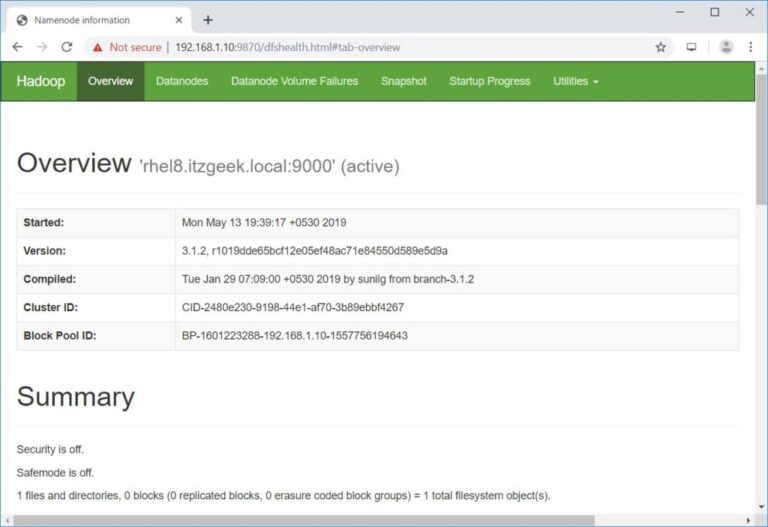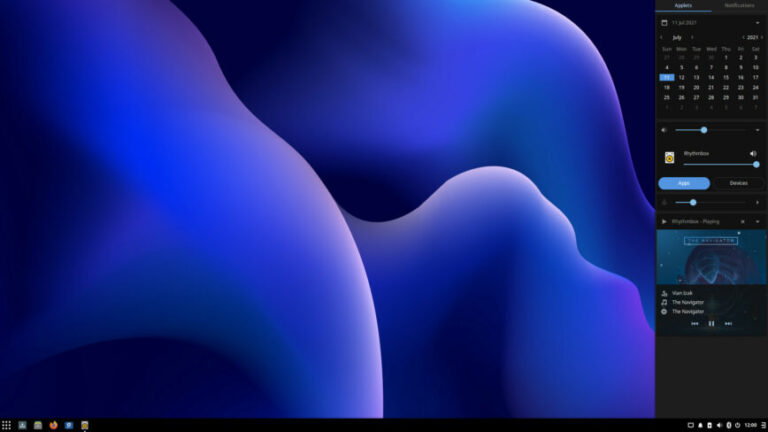Thousands of flights were canceled, leaving travelers stranded during the peak summer travel season. Airports turned into scenes of confusion and frustration as passengers were notified of cancellations and delays. In hospitals, services were canceled and new patients were turned away as medical staff reverted to paper records, trying to manage patient care without access to computer systems. Government operations were severely impacted, with courtrooms pausing proceedings, emergency services facing delays and border crossings halted.
These were just a few of the major impacts of the CrowdStrike outage that affected Windows systems last week.
The outage happened because an automatic update to an application running on Windows systems went wrong. The update was supposed to improve performance, but instead, it contained a bug that interrupted 8.5 million Windows devices. This incident shows the dangers of relying too much on automated updates without proper checks in place, and highlights the need for better processes to prevent cascading failures that spiral out of control.

Linux: The Better Choice
Contents
In the wake of the CrowdStrike Windows outage, a crucial conversation is emerging about the reliability and robustness of the operating systems powering our critical infrastructure. As the leading OS for cloud and mission-critical data centers, Linux has consistently delivered stability and efficiency for decades. The recent CrowdStrike Windows outage highlights why Linux is the go-to choice for essential enterprise systems. While no operating system can guarantee a completely error-free experience, Linux provides a more reliable and secure foundation for critical operations, ensuring stability and efficiency in high-stakes environments.
Linux offers two standout advantages for enterprise IT infrastructure: smoother recovery and secure updates. A well-architected Linux OS enables quicker, easier recovery from outages, with a lower risk of becoming unbootable compared to Windows. Additionally, the open-source nature of Linux ensures reliable and transparent update delivery. To achieve this, Linux partners leverage curated processes on a validated secure software supply chain with a clear software bill of materials.
In light of the CrowdStrike Windows outage, it’s clear that Linux stands out as the optimal choice for mission-critical workloads due to its superior recovery capabilities and secure, transparent update processes. Let’s dive deeper:
Reliability Through Immutable Systems
A key reason why Linux stands out as the first choice for critical infrastructure is its support for immutable systems. Immutable systems maintain a ready-to-boot copy of the OS to ensure quick recovery in case of errors. Automatic health checks allow systems to revert to a known stable state, significantly reducing downtime and preventing prolonged outages. By offering a fail-safe mechanism to restore system stability, Linux ensures continuous operations and robust error management, making it an ideal choice for preventing cascading failures. This approach minimizes the risks associated with automatic updates, which were at the core of the CrowdStrike outage.
Security and Stability
Linux is renowned for its security and stability. Its open-source nature allows extensive testing and rapid issue resolution, ensuring vulnerabilities are minimized. Regular updates and patches undergo rigorous testing, and Linux’s transparent development process offers greater predictability and reliability, reducing the likelihood of unexpected system failures. This robust framework ensures that updates enhance stability rather than compromise it, providing a reliable solution to prevent the widespread complications caused by the CrowdStrike incident
Simplified Management and Flexibility
Linux’s adaptability is a game-changer for managing complex IT environments. It allows administrators to seamlessly oversee diverse systems from a single hub, ensuring optimal performance and tight security. This unified approach simplifies management, enhances efficiency and significantly cuts costs. Linux’s automation tools, equipped with robust controls and safeguards, handle routine tasks efficiently while minimizing disruption risks, maintaining system stability even during updates and maintenance.
With Linux, IT teams can maintain control and oversight over updates, enabling them to focus on critical issues and manage changes carefully to avoid system-wide failures. This consistent upkeep and support help prevent the underlying causes of disruptions like the CrowdStrike incident.
How SUSE Makes Linux Even Better
While Linux offers significant benefits, managing and deploying it effectively can still be challenging. SUSE understands these complexities and provides comprehensive solutions to simplify and streamline Linux management, empowering SUSE users with optimal performance, uptime and security.
- SUSE Linux Enterprise Server: Security is crucial today, and SUSE Linux Enterprise Server (SLES) has proven to be one of the most secure operating systems. With rigorous testing, timely updates and a focus on enterprise-level security, including a Common Criteria EAL4+ certified Software Supply Chain, SLES provides a robust foundation for mission-critical applications. These measures address issues like those seen in the CrowdStrike Windows outage by ensuring updates are thoroughly vetted and tested before deployment.
- SUSE Linux Enterprise Micro: Minimizing the impact and resolution time of any issue is crucial, especially after incidents like the CrowdStrike outage. Designed to be always ready to service and boot, SUSE Linux Enterprise Micro (SLE Micro) brings the power and security of SUSE Linux Enterprise to an immutable, purpose-designed host operating system. SLE Micro offers a streamlined, resilient solution for any environment, from the data center and cloud to distributed environments, including point-of-service systems and edge terminals, which were notably affected during the outage. This resilience is crucial as more organizations expand their IT infrastructure through edge computing, which is why the SUSE Edge solution is built on this OS.
- SUSE Manager: One key takeaway from recent events is the critical need for a safer update process for operating systems and applications. SUSE Manager is designed to streamline Linux lifecycle management, enabling customers to confidently implement update workflows by incorporating staging and testing. This approach makes the Linux environment more reliable and helps prevent cascading failures like the CrowdStrike Windows outage. SUSE Manager offers a centralized platform for managing multi-Linux deployments, automating routine tasks and ensuring compliance with security policies. This proactive strategy allows organizations to quickly identify and resolve issues, deploy updates and maintain control over their critical IT infrastructure.
- SUSE Liberty Linux: Resilience is built on security, continuity and reliability, along with the freedom and choice provided by open-source and collaborative processes within the community. This collaboration makes software more reliable and reduces the likelihood of incidents. In today’s mixed IT environments, where diverse systems and multiple Linux distributions are common, SUSE streamlines support for any version of Linux. Providing customers with more choice and freedom along with robust support, SUSE Liberty Linux ensures that organizations can leverage the best features of any enterprise Linux environment (including non-SUSE environments) while maintaining a cohesive support strategy, reducing vulnerabilities that could lead to outages. This flexibility minimizes vendor lock-in and ensures business continuity even when individual systems face issues.
Is Your System Ready for What’s Next?
The CrowdStrike outage is a wake-up call for organizations to reassess the readiness and resilience of their IT systems. In a world where digital infrastructure is the backbone of critical operations, ensuring that your systems can withstand unexpected disruptions and adapt to evolving challenges is essential. The key question is: Is your system ready for what’s next?
Linux, with its stability, security and flexibility, offers a compelling solution to these challenges. Its support for immutable systems, rigorous testing and extensive customization options make it an ideal choice for building a robust IT foundation. By adopting Linux, organizations can reduce vulnerabilities, enhance operational continuity and ensure their systems are prepared for future uncertainties.
As the digital landscape keeps evolving, leveraging the strengths of Linux ensures your infrastructure is not just resilient but also adaptable and secure, ready to tackle whatever comes next.
(Visited 1 times, 1 visits today)

![Add Shared Storage to Proxmox [Proxmox Series #4]](https://linuxpunx.com/wp-content/uploads/2023/08/add-shared-storage-to-proxmox-proxmox-series-4-11-768x432.png)




